Best Tricks to Use if Your Dog Has an Accident in the House
Housebreaking can be complicated, especially if you’re working with a rescue dog, an older pup, or one who’s had a few setbacks. Accidents indoors can feel frustrating, but they’re often a sign of gaps in routine or miscommunication. But here’s the good news: There’s a wide range of fixes that don’t involve scolding or starting from scratch. These practical, behavior-based tricks work with your dog’s instincts, not against them.
Celebrate Success Like It Matters
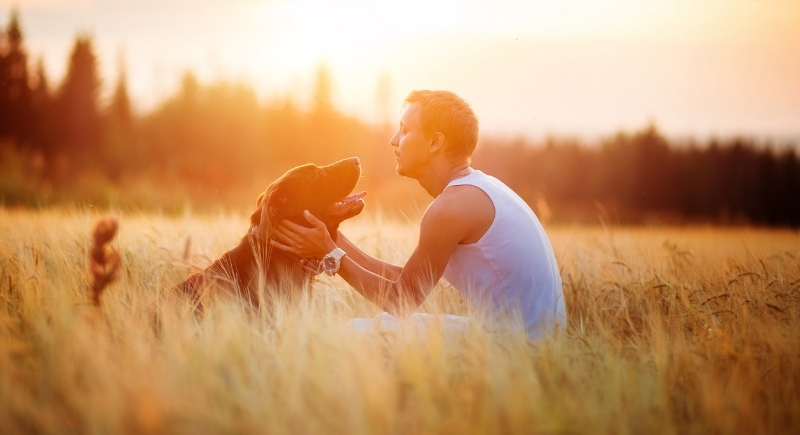
Credit: Getty Images
A lot of dogs just want to make you happy. When they go in the right spot, make it a celebration. Be over-the-top with praise and attention. If they feel like they did something amazing, they’ll want to repeat it. That positive reinforcement is more powerful than any punishment.
Stick to Hard Floors, Not Carpets
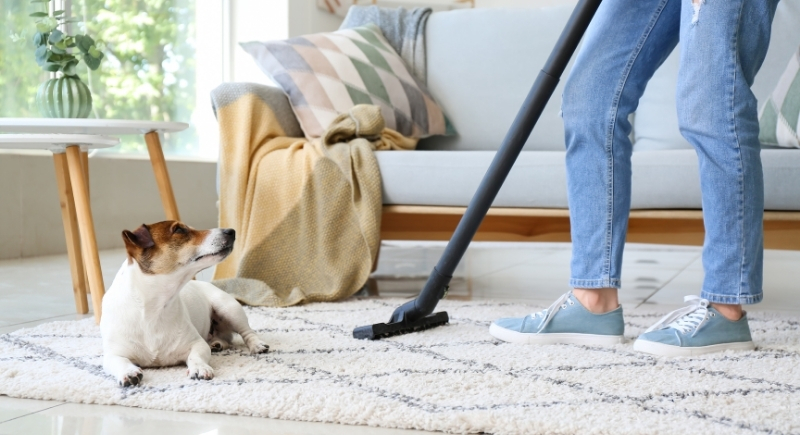
Credit: pixelshot
Carpet and dogs in training don’t mix. The scent lingers, and to dogs, that’s practically a glowing bathroom sign. Keep them in areas with tile or wood flooring until routines are set. If you must have soft flooring, pick up loose rugs and keep laundry off the ground.
Use Pee Pads With Attractant Scents
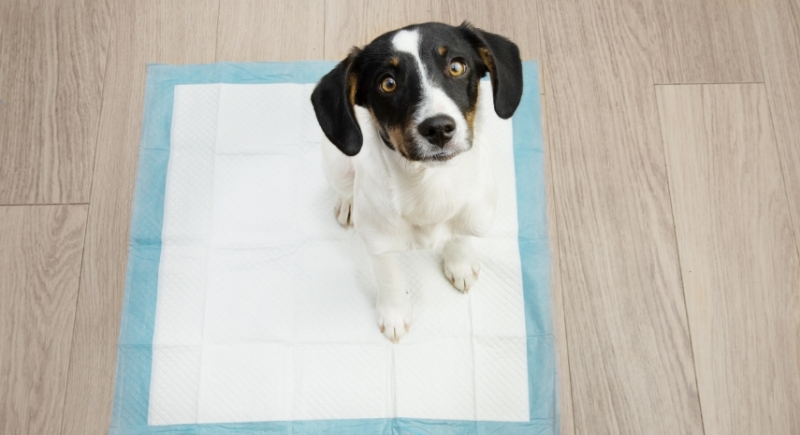
Credit: Getty Images
Pee pads are more than just absorbent mats. They’re scented with attractants that signal to dogs where to go. They’re quick-drying and can be placed near doors or gradually shifted outside to transition indoor dogs. Just place them strategically, or otherwise, your dog might think soft fabric means “go time.”
Limit Access Until Habits Form

Credit: Getty Images
An open floor plan looks great to you, but to a dog still learning, it’s just a bunch of places to make mistakes. Use crates or baby gates to limit access, then widen the zone slowly. Let good habits form before giving them the run of the house.
Try Short Bathroom Breaks Instead of Walks
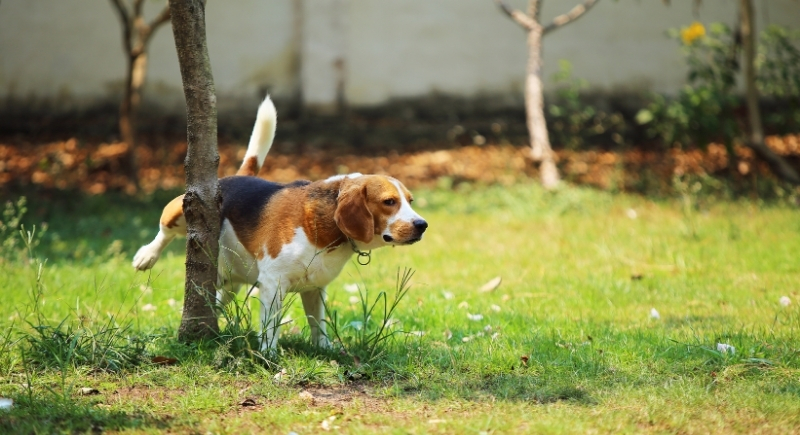
Credit: Getty Images
A bathroom break shouldn’t feel like a sightseeing tour. If your dog holds it through the walk, only to pee inside, they’re probably overwhelmed or distracted. Keep potty trips short and focused. Pick a spot, use a command, and reward immediately. Save the strolls for after.
Place Treats in Former Accident Areas
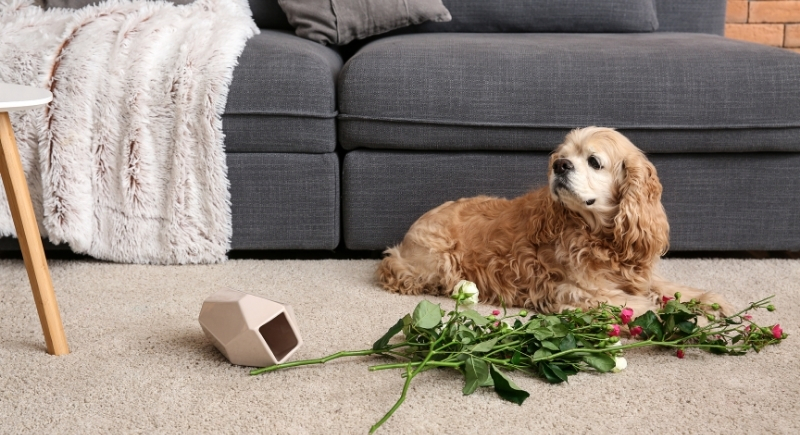
Credit: pixelshot
Dogs avoid eliminating near food sources. After cleaning, try placing treats where accidents used to happen. The shift in association can be enough to deter repeat behavior. It works best when paired with consistent outdoor reward training, but it’s a useful supplement tactic.
Protect Couch Cushions With Trash Bags
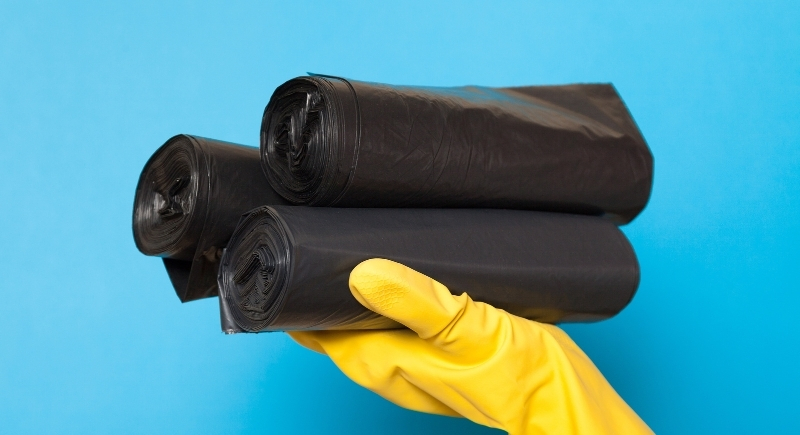
Credit: Getty Images
If your dog has taken a liking to your sofa, protecting the cushion foam can save you from permanent stains. Slip large trash bags under zippered cushion covers. It won’t prevent an accident, but it keeps the inner cushion from soaking up liquids and lingering odors.
Set Up a Grass Patch Indoors
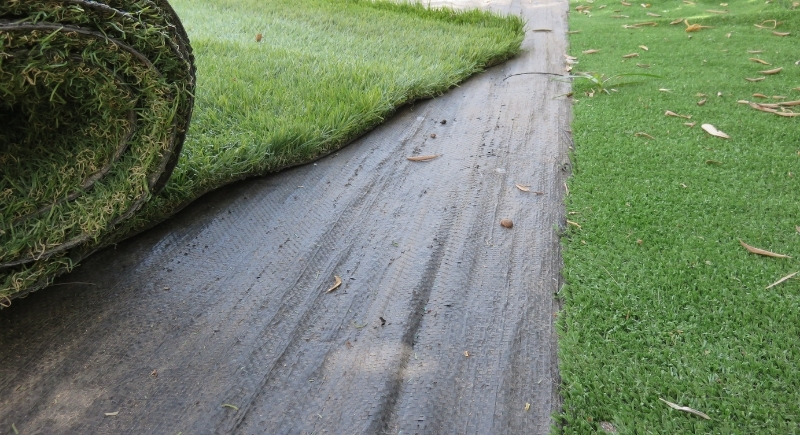
Credit: Getty Images
Grass pads—real or synthetic—give your dog a familiar surface when outside isn’t an option. Whether you live in a high-rise or the weather’s rough, these boxes can buy you time. Just commit to cleaning them regularly. No one wants a living room that smells like a dog park.
Clean Thoroughly Without Using Ammonia

Credit: Getty Images
Wiping up pee isn’t enough. If a scent remains, so does the temptation to repeat. Avoid ammonia-based cleaners as they mimic urine’s smell. A mix of vinegar, baking soda, and gentle soap is effective, dog-safe, and doesn’t leave behind a scent trail your dog will want to follow.
Use Sticky Tape as a Space Deterrent

Credit: Getty Images
Sticky-sided tape can serve a similar purpose to X-mats, without taking up as much space. Applied to the floor or furniture edges, the tacky surface discourages dogs from walking over or settling down to do their business. It needs to be replaced often, but it’s a discreet deterrent.
Install Dog Gates to Block Access
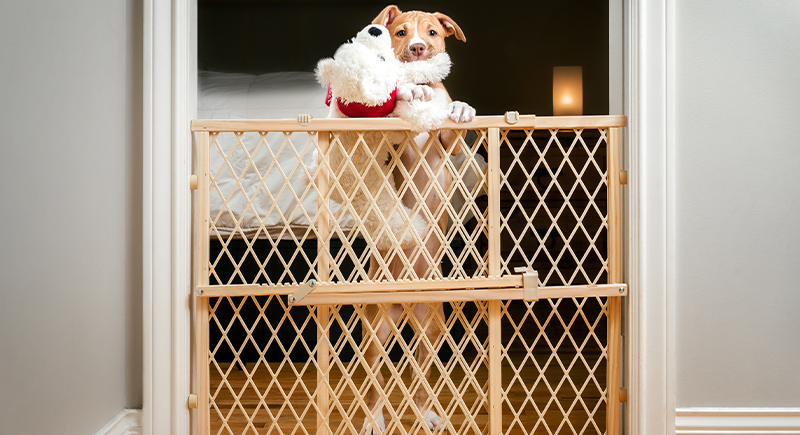
Credit: iStockphoto
Baby gates or dog gates are one of the simplest ways to restrict movement without stress. Use them to limit access to rooms with rugs or furniture that your dog tends to target. It also helps establish clear boundaries, which supports behavior training in the long run.
Wrap Your Dog in a Diaper for Protection
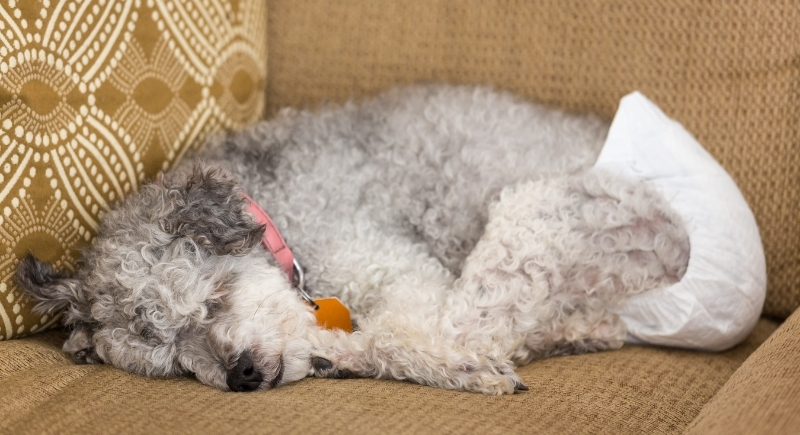
Credit: Canva
If your dog just can’t seem to hold it, especially with age or medical issues, dog diapers can help. They work much like baby diapers, catching accidents before they hit the floor. They’re especially useful for long car rides, nighttime, or during brief lapses in housetraining when supervision isn’t possible.
Diffuse Calming Pheromones Indoors
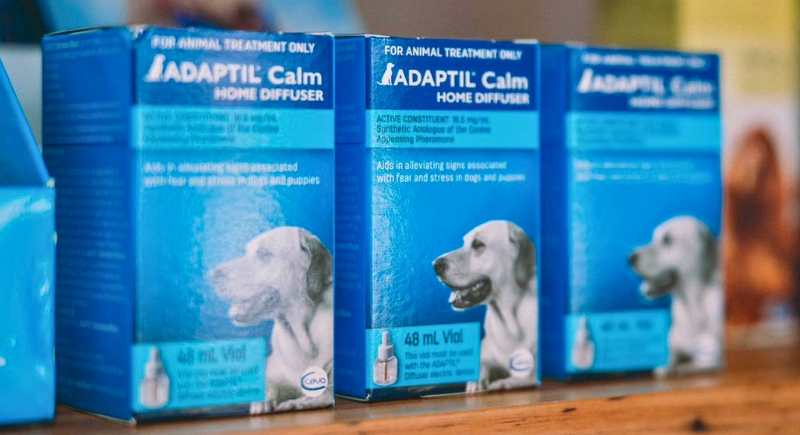
Credit: Instagram
Dog Appeasing Pheromone (DAP™) diffusers release synthetic calming hormones that mimic a nursing mother. Dogs with anxiety often urinate indoors, so these diffusers can help lower that stress. They’re not magic, but when paired with other strategies, they can reduce the frequency of stress-related accidents.
Block High-Risk Areas With X-Mats

Credit: iStockphoto
X-mats have rubbery spikes that feel uncomfortable underfoot, discouraging dogs from lingering or squatting in specific spots. They’re safe but effective, and especially handy near problem areas like beds, rugs, or that one hallway corner your dog keeps revisiting. Fold them up and move as needed.
Pin Washable Sheets to Furniture Sides
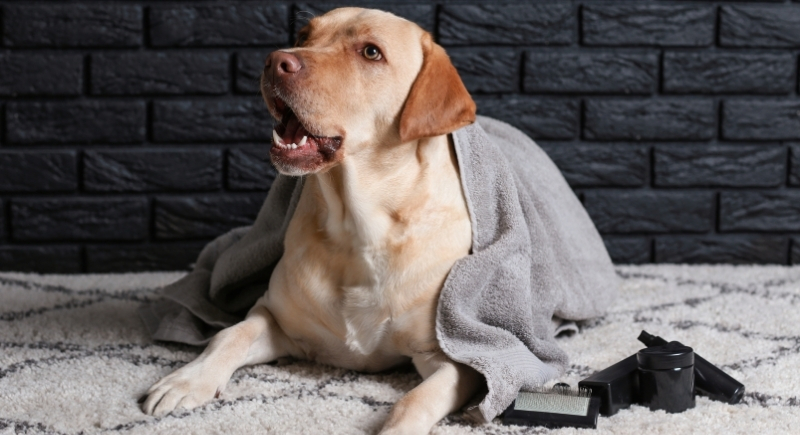
Credit: pixelshot
Some dogs don’t target cushions. They aim for furniture sides. Grab a washable sheet or towel, pin it to the side of the couch or bed, and swap it out after each incident. It won’t solve everything, but it cuts your cleaning time in half and buys you peace of mind.